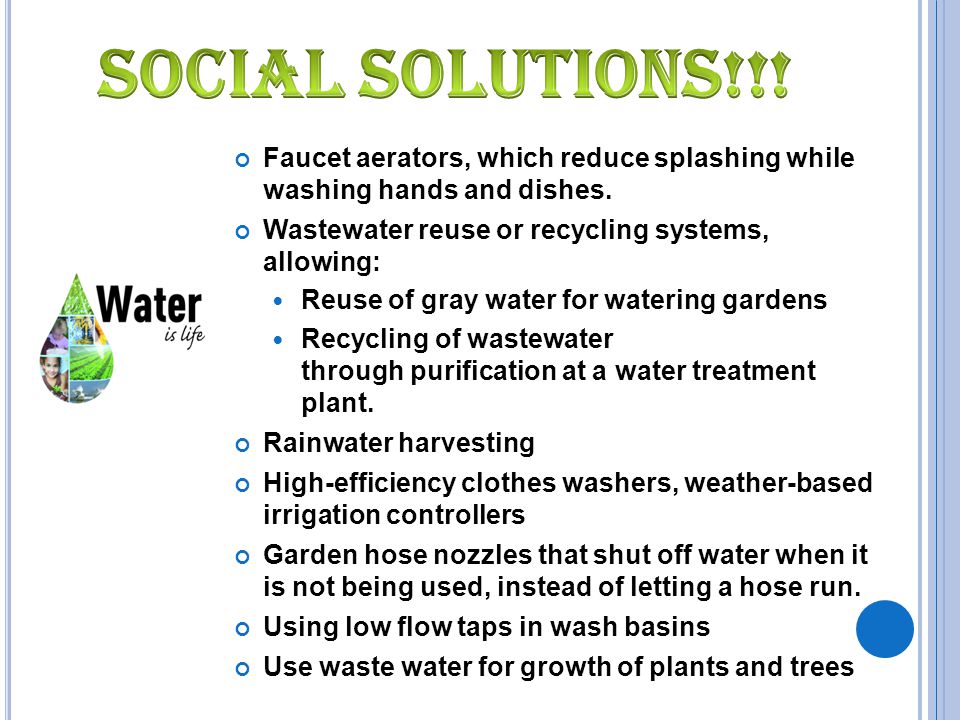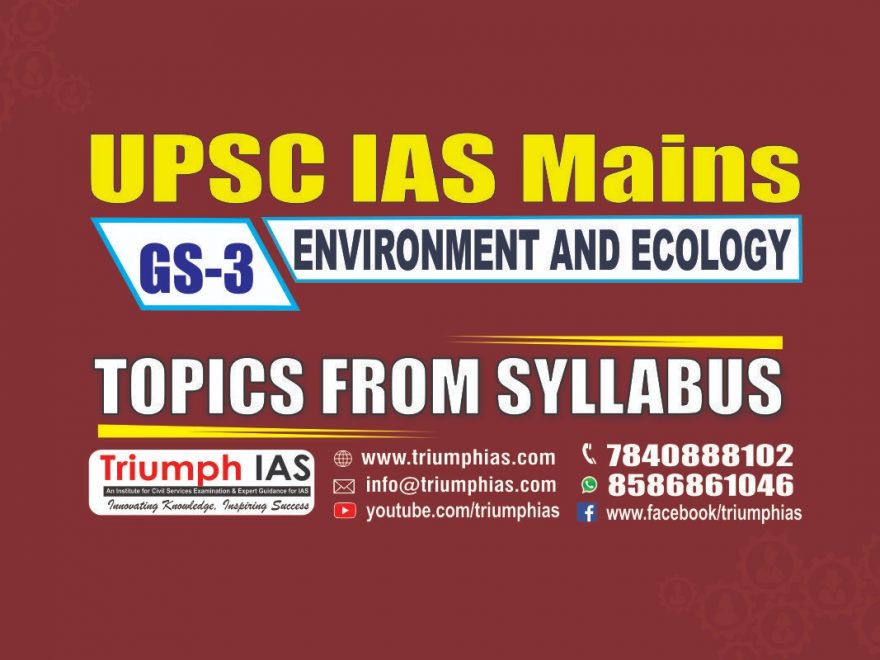Relevance: G.S paper III: Conservation, environmental pollution and degradation, environmental impact assessment

CONTEXT
How an architect implemented rainwater harvesting and greywater reuse projects in urban and peri-urban areas of Maharashtra and Gujarat.

ANALYSIS: Project Case study
Water-sensitive aspects have conventionally received little to no attention during site / building designs and operations. This, combined with wasteful water use patterns, has resulted in inefficient use of one of the most crucial resources on earth.
Rainwater and wastewater available at a construction site are often seen as a liability, rather than a resource.

The School of Water and Waste (SW&W), an initiative of capacity-building under Delhi-based think tank Centre for Science and Environment (CSE), encourages Water Sensitive Urban Design and Planning (WSUDP) approach to address the issue for urban water cycle, water supply, wastewater, stormwater and groundwater management.
One of the alumni of the programme, Madhura Joshi, took a leaf from the trainings and implemented it on her water conservation projects. Joshi is an architect and co-founder of Lab A+U design studio.
After attending few courses at CSE, she went ahead with WSUDP approach to implement rainwater harvesting (RWH), stormwater harvesting and greywater reuse projects in urban and peri-urban areas of Maharashtra and Gujarat. Within two years, she could apply these principles in three projects, the first being the residential complex in Vadodara, where 40 families reside in around 3,450 square metres area.
The project addressed the waterlogging issue by proposing RWH, borewell recharge pit, bio swale, revival of existing systems and rainwater recycle with complex community support. The interventions resulted in water storage increase by 40 per cent per day, which is 42,500 litres, as well as a 60 per cent increase in water recharge on surface. The annual rainfall capture on site was 4, 50,000 litres / year.
The second project comprised implementing RWH and sanitation design for a rural school in Aurangabad, Maharashtra in 2019. The 1,200 square metres area had 100-150 users. The project helped incorporate design interventions on a water-sensitive building.
It helped harvest 90 per cent rainfall per day; drain 100 per cent water on site; and recycle 50 per cent grey water which was later used for landscaping or in plant pits. The annual rainfall capture on the site was 1,278,900 litres per year.
The third project also showcased rainwater interventions for a drought-affected village of 250 families in about 159,189 square metres in Maharashtra. It aimed to store 50-60 per cent of rainwater; reuse 40 per cent of the rainwater and recycle it; reuse 30 per cent of the grey water with rainwater recharge system per house; use borewell recharge pits to increase ground water recharge capacity. It also aims to set up a stormwater drainage in the next three years.
The annual rainfall capture on the site is 29,102,680 litres per year.

With all water-saving benefits, the most inspiring part of these projects was how the community was educated, their trust gained, and constant support provided to them.

For more such notes, Articles, News & Views Join our Telegram Channel.
Click the link below to see the details about the UPSC –Civils courses offered by Triumph IAS. https://triumphias.com/pages-all-courses.php

